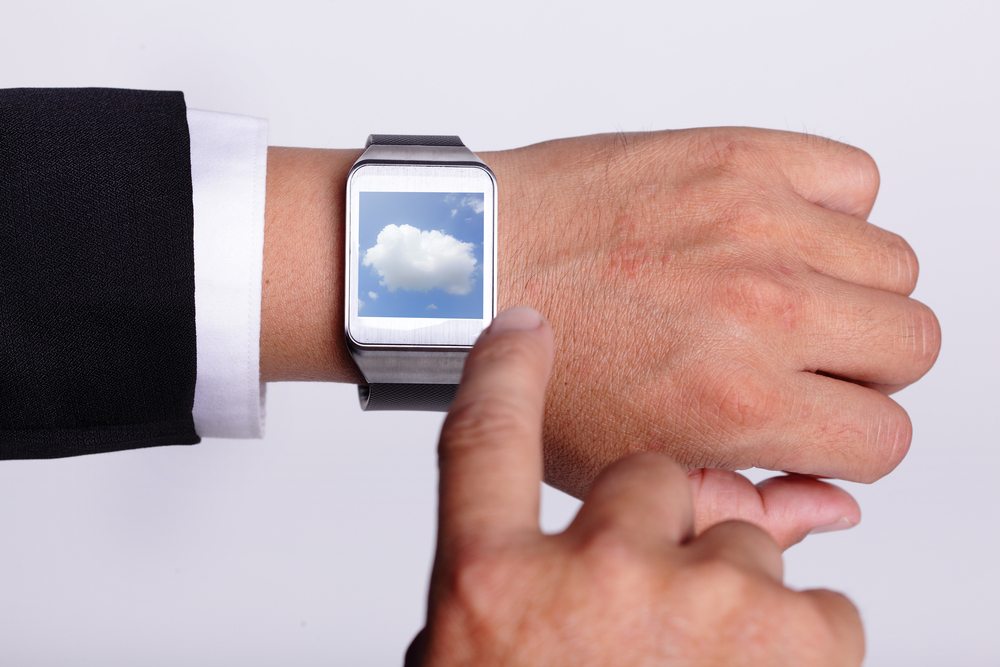I’m passionate about networks and all that keeps them running. I’m also passionate about gadgets, and all that keeps me running. So that’s why I have a really keen eye on wearable technology this year.
However, I’m not just talking about wearable technology for personal use. What really makes me tick is trying to fathom out the impact that wearable technology will have on corporate network security and performance, if any.
With this in mind, I commissioned a survey towards the end of last year to find out how many organisations were planning to adopt wearable technology and how prepared they were. To be honest, I was half expecting to find that once again, the hype had overtaken the reality. However, I was genuinely surprised to learn that one third of European businesses plan to introduce wearable technology to the workplace this year.
>See also: Is the future really bright for wearable technology? Only if businesses embrace it
These wearable devices will be introduced over the next 12 months and connect to the corporate IT infrastructure. However, the survey also highlighted that very little thought has been given to the impact this will have on network performance and security, with only 13 percent of organisations saying that they have a policy in place to cover managing the impact of wearable technology.
With this in mind, here’s my considered piece of advice for 2015: IT managers need to dust off their network usage, security and BYOD policies and review infrastructure ready for wearables. Whether the majority of devices expected in the business are personally owned or corporately owned, tweaks to policy and infrastructure are a must.
A large number of wearable devices joining a corporate network are likely to cause a drain on wireless bandwidth, which can slow application performance. A company needs to ensure that it has the right tools in place to provide clear visibility of who is on the network, what they have access to and the bandwidth they consume. This situation will need to be closely monitored and managed so that problems spotted early enough can be alleviated.
Create a benchmark for wireless access
Before overhauling the entire office network, it’s best to start by creating a benchmark of exactly who using what devices on the network, how many devices each user is likely to use, and what the users of these devices are accessing. Gaining an understanding of the impact wearables have on wireless bandwidth will help you map out network design changes needed to accommodate the extra and upgraded devices.
Ask these questions. What are the most common applications and websites that employees are accessing via wireless devices, including wearables? Are they primarily for business or personal use? Who or what are the top consumers of wireless bandwidth in terms of individuals, devices and applications? How are wearables moving through the corporate wireless network, and how does this impact access point availability and performance, even security?
This initial benchmark will reveal gaps in your networking strategy that a policy must address and serve as a measuring stick for future improvements.
Develop data-driven policies
On top of company owned wearable tech, also consider the number of people in your office who are likely to buy an Apple Watch shortly. The resulting over-subscribed access point impacts everyone trying to work via wireless who can’t connect to the server.
Will the wireless network be able to handle this increased density and traffic? It can if you have an accurate benchmark of wireless usage and behaviour. With it, an organisation can establish BYOD/WYOD usage policies that enable IT to support users with multiple devices, while maintaining acceptable wireless availability and performance.
An up to date BYOD policy should incorporate WYOD and be limited to those who need extra devices to do their jobs. It’s common for users to carry three or four devices into the workplace, significantly increasing density on the wireless network. BYOD policies should define the acceptable number and type of devices by job function and recognise WYOD.
With an increased number of devices, IT will be challenged to keep up with the wireless bandwidth demand. BYOD policies need to define authorised applications and acceptable bandwidth consumption by user and device. Ideally you can back that up with network monitoring tools that can be configured to automatically reject access to sites or services that have nothing to do with completing work activities.
>See also: Why businesses must act over wearable security threats now
Also, rethink your network’s design. Odds are that an organisation’s network design infrastructure and IT policy have not kept pace with employees’ growing reliance on wireless technology.
If the right policies, technologies and monitoring tools are not put in place, businesses face poor network performance, low availability and the threat of security and compliance issues. The EU has privacy laws in place and tougher ones are expected this year too under the EU General Data Protection Regulation (GDPR). Bear these in mind and the improvement to the productivity and success of businesses should be a clear one.
Wearables are the biggest revolution since the smartphone and businesses need to be ready. There’s no doubt, the market will grow rapidly over the next year. Anyone that needs instant access to important data can benefit from using wearables in the workplace. But such opportunities won’t come without hurdles. Embrace wearables – they aren’t going to go away.










